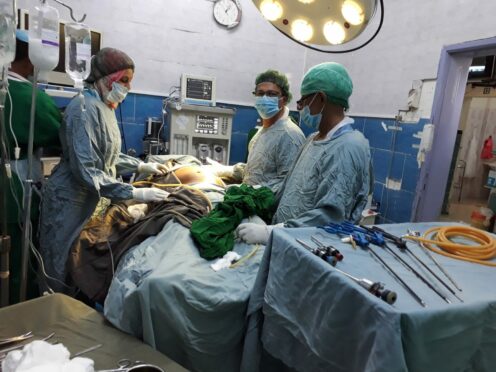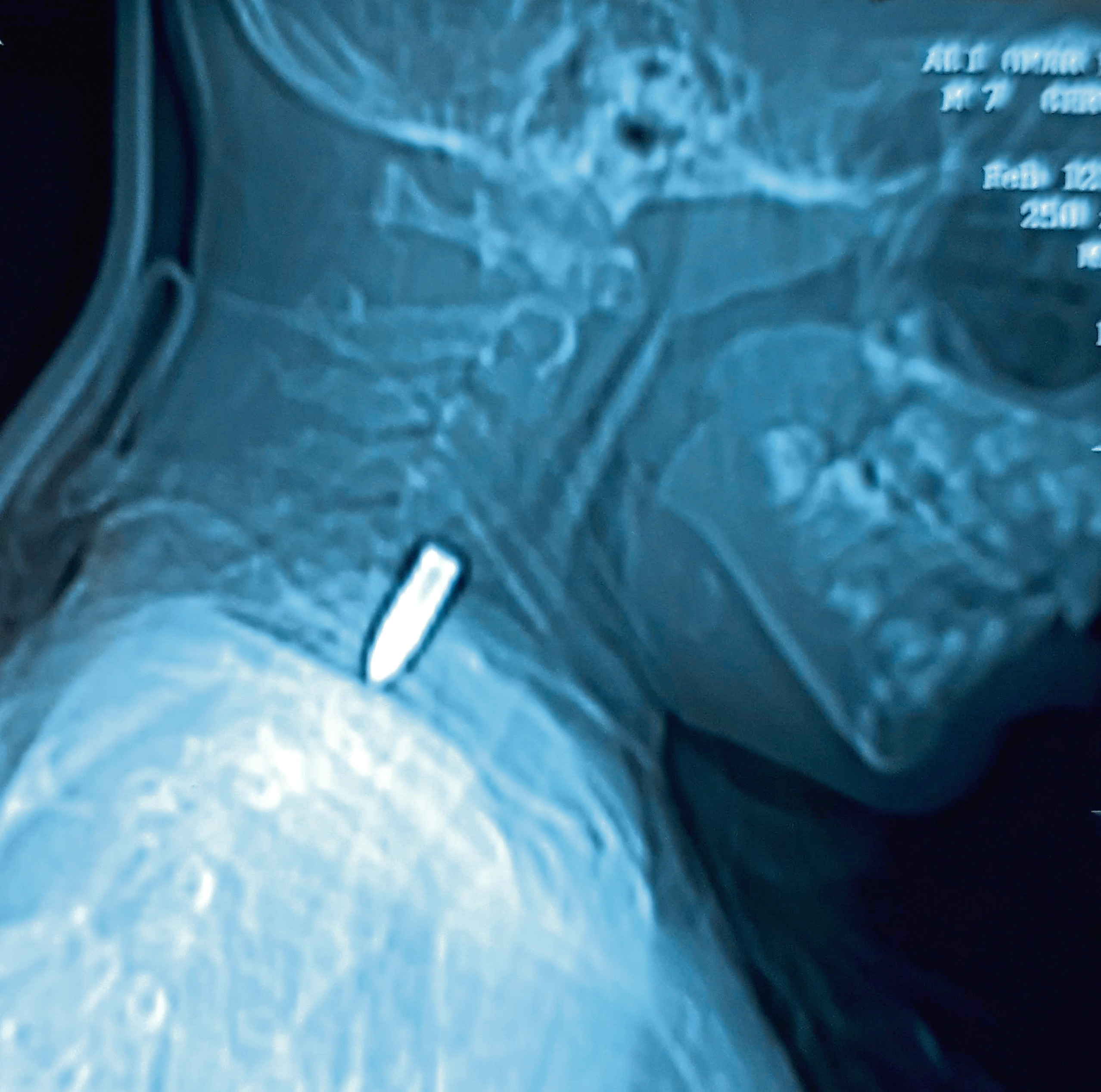
There are many ways to be killed in Yemen and Muad Gamil Haidar has seen most of them.
A 55-year-old surgeon, he grew up there with his parents and six siblings – he is the eldest – in his grandmother’s small home. His father was a mechanic and his oldest son dreamed of fixing things too, but people not cars.
His parents – with no contacts to open doors unlike many families whose children enter medicine – shared his dream and sacrificed a lot to secure his future in medicine.
After training, he began work in 2006 in the main public hospital in Aden but, he says, the armed conflict has had a catastrophic decline in the health services offered to ordinary Yemenis as low-paid health workers are forced to move to private care to augment their income.
It is, the dedicated surgeon admits, no surprise but the poorest people are suffering most as the private hospitals are hired to treat injured soldiers and the casualties of war. Medecin Sans Frontieres, the French charity, is playing a vital role in treating ordinary patients needing surgery and treatment for illness and disease unconnected to the conflict.
“Our facilities and equipment are inadequate,” he said. “We are very short of diagnostic and interventional supplies, medicines, antibiotics, anaesthetics, drugs in general.
“Supplies are blocked, our financial situation is uncertain. Sometimes, sporadically, government hospitals receive some equipment or supplies.
“In the private hospitals, there is more equipment but it is cheap, poor quality. The people cannot pay for expensive treatment, they have no insurance.”
However, he says, the war intrudes more frequently as casualties arrive seeking help.
“We deal with different types of trauma patients. We see them after shooting and explosions, sometimes individual victims, sometimes mass victims. We will see them after car accidents and ordinary street violence.”
He highlights the devastating injuries caused to innocents by bullets fired into the air during celebrations and says it is possibly the most common cause of injury in the city. He points to an X-ray of a seven-year-old boy with a bullet lodged in his neck.
“The bullet was fired up but coming down it hit his neck and settled in the vertebrae, causing some damage to the blood vessels of the neck and the nerves feeding the arm,” he said.
The hospital’s neurosurgeon fears removing the bullet is too great a risk without more sophisticated equipment and facilities and the boy has been living with the bullet lodged there for more than three years.
Air strikes on the city have regularly razed civilian houses regularly leaving mass casualties, often young children, often whole families. Meanwhile, land mines in more rural areas and villages near the front lines cause heartbreaking injuries. Often, if the victim survives, it leaves a legacy of severe disability.
The surgeon recalls one girl, 11 years old and a shepherd, who had been playing with something heavy rain had brought to the surface before it suddenly exploded. Critically ill when she arrived at the hospital, she suffered multiple injuries to her face, eyes, chest and abdomen.
She only survived after a series of operations over four months but, badly scarred, has lost her right hand and one of her eyes.
Meanwhile, ordinary Yemenis are suffering ordinary illness but the drugs are limited and patients with chronic illness like cancer, often rely on humanitarian agencies for drugs, including cytotoxic drugs for cancer. Radiotherapy and related treatments are not available.
The relentless fight to save the ill is gruelling but the surgeon says the efforts of the surgical teams in Yemen’s shattered hospitals are most undermined by the lack of crucial skills.
“We have no field emergency team or ambulances transferring injured patients,” he said.
“Patients are brought here by their families or friends, often over long distances. Most of our seriously injured patients die before reaching the hospital. Then, the lack of experienced staff in the emergency room, means surgeons are being called on too often, leaving us exhausted and anxious.
“The demands are too great, we are being pulled in so many directions, all directions at once.
“Meanwhile, we are short of some very basic equipment and drugs to properly monitor or resuscitate critical patients.
“I want to become a better surgeon and I work hard and spend a lot of my own money to keep myself updated on techniques and developing knowledge internationally. It is hard to bring thought to my work, however, when every day, every hour, is an emergency.
What is happening in my country is simple catastrophe and there is nothing to suggest an easing of this situation.
“I have done my best for my patients but being a surgeon in Yemen can feel very exposed with some being assaulted, kidnapped and even killed by relatives of patients who have not survived. I have endured four wars in this city. How many more can I, can we, endure?”

Enjoy the convenience of having The Sunday Post delivered as a digital ePaper straight to your smartphone, tablet or computer.
Subscribe for only £5.49 a month and enjoy all the benefits of the printed paper as a digital replica.
Subscribe © SYSTEM
© SYSTEM